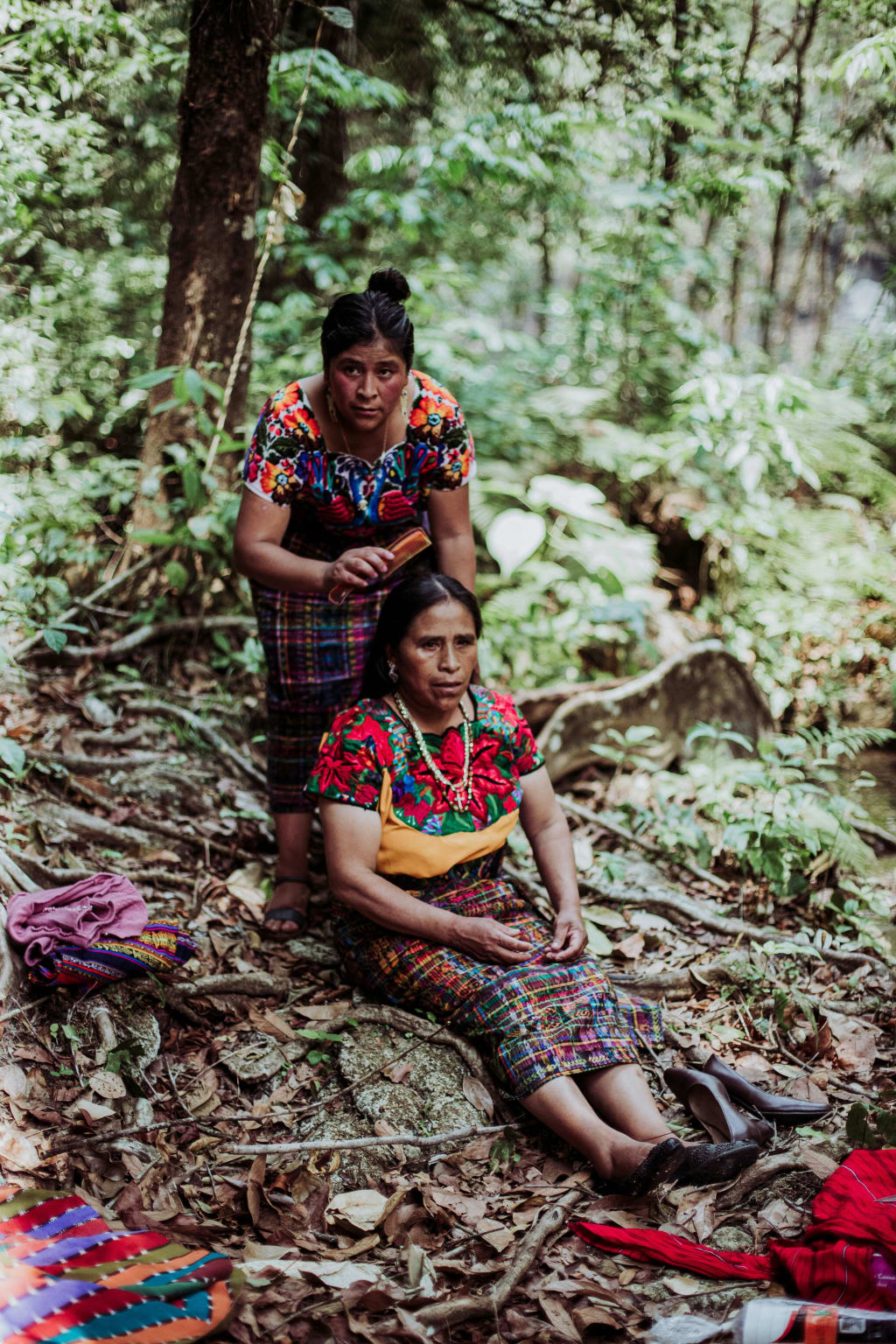Meet the Indigenous Tribes of the Amazon: Preserving Culture and Traditions.
Explore the rich cultural heritage and traditions of the Indigenous Tribes of the Amazon rainforest and learn about their efforts to preserve their way of life.

The Diverse Indigenous Tribes of the Amazon.
The Amazon rainforest is home to a diverse array of Indigenous tribes, each with its own unique cultures, languages, and traditions. These tribes have lived in harmony with the rainforest for centuries, relying on its resources for their survival and maintaining a deep spiritual connection to the land.
Some of the well-known Indigenous tribes of the Amazon include the Yanomami, Kayapo, Ashaninka, and Awá. Each tribe has its own distinct customs, rituals, and social structures, which contribute to the rich tapestry of Indigenous cultures in the region.
These tribes have a deep knowledge of the rainforest and its biodiversity, passed down through generations. Their traditional practices include hunting, fishing, gathering medicinal plants, and cultivating crops in sustainable ways that have minimal impact on the environment.
By learning about the diverse Indigenous tribes of the Amazon, we can gain a greater appreciation for the richness and complexity of their cultures, and the importance of preserving their way of life.
Cultural Practices and Traditions.
The Indigenous tribes of the Amazon have a wealth of cultural practices and traditions that are deeply rooted in their history and environment. These practices vary from tribe to tribe but often revolve around spirituality, community, and sustainable living.
Rituals and ceremonies play a significant role in Indigenous culture, serving as a way to connect with the spiritual realm and honor ancestors. These ceremonies often involve music, dance, storytelling, and the use of natural elements such as fire and water.
Community is highly valued among Indigenous tribes, and decisions are often made collectively through consensus-building processes. Sharing resources and supporting one another is an integral part of their social fabric.
Sustainable living practices are central to Indigenous cultures in the Amazon. These tribes have developed intricate knowledge systems about the rainforest ecosystem, allowing them to utilize its resources in a balanced and sustainable manner. They understand the importance of preserving the forest for future generations and practice techniques such as agroforestry and rotational farming to maintain the health of the land.
By embracing and respecting the cultural practices and traditions of the Indigenous tribes of the Amazon, we can learn valuable lessons about living in harmony with nature and fostering strong communities.
Challenges Facing Indigenous Communities.
Despite their rich cultural heritage and deep connection to the land, Indigenous communities in the Amazon face numerous challenges that threaten their way of life.
One of the biggest challenges is deforestation. The Amazon rainforest is being rapidly cleared for agriculture, logging, and other economic activities, leading to the loss of traditional lands and vital resources for Indigenous communities. This not only disrupts their way of life but also has severe consequences for the environment and global climate.
Another challenge is the encroachment of outside influences and modernization. Indigenous tribes often face pressure to assimilate into mainstream society, which can lead to the erosion of their languages, traditions, and cultural identity.
Indigenous communities also face social and economic inequalities, with limited access to healthcare, education, and basic services. Discrimination and land disputes further exacerbate these challenges, leaving many Indigenous people marginalized and vulnerable.
Addressing these challenges requires collaboration, advocacy, and respect for Indigenous rights. It is crucial to involve Indigenous communities in decision-making processes that affect their lands and resources and to support initiatives that promote sustainable development and cultural preservation.
Efforts for Cultural Preservation.
Recognizing the importance of preserving Indigenous cultures and traditions, there are various efforts underway to support cultural preservation in the Amazon.
Local and international organizations work with Indigenous communities to document and revitalize traditional knowledge, languages, and artistic expressions. This includes initiatives such as language revitalization programs, cultural festivals, and the establishment of community-led museums and cultural centers.
Education plays a crucial role in cultural preservation. Efforts are being made to incorporate Indigenous knowledge and perspectives into the formal education system, ensuring that younger generations have the opportunity to learn about their heritage and traditions.
Additionally, there is a growing recognition of the need to protect Indigenous lands and territories. Land titling and demarcation processes are important steps in securing the rights of Indigenous communities and providing them with legal recognition and protection.
By supporting these efforts for cultural preservation, we can help ensure the continuation of Indigenous cultures and empower Indigenous communities to preserve their way of life for future generations.
About the Creator
Enjoyed the story? Support the Creator.
Subscribe for free to receive all their stories in your feed. You could also pledge your support or give them a one-off tip, letting them know you appreciate their work.






Comments
There are no comments for this story
Be the first to respond and start the conversation.